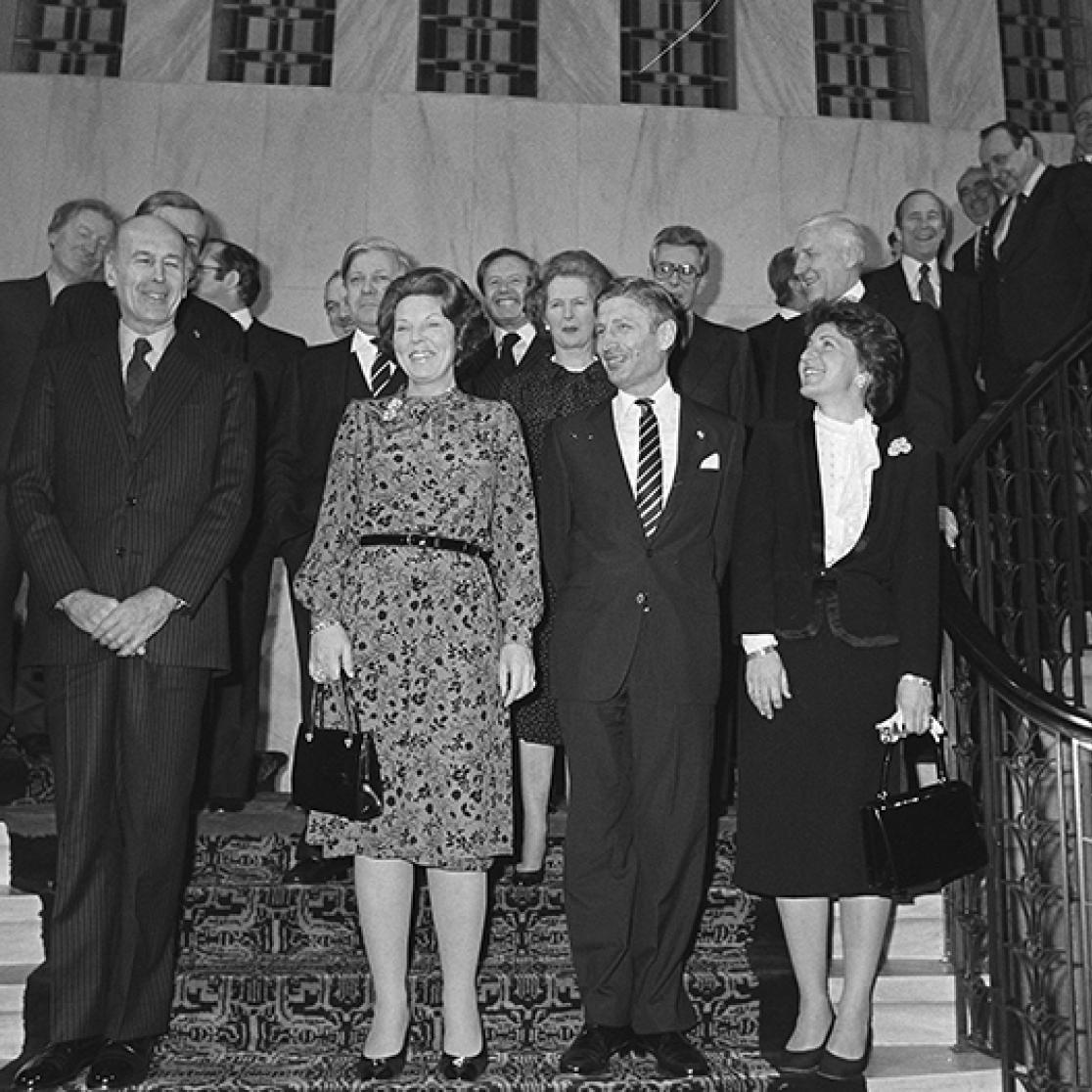History
Foundation
The Faculty of Law was founded in 1981. Innovative education was key, and Problem-Based Learning (PBL) was successfully implemented for the first time in a law curriculum. The Faculty quickly grew and now has 3677 students and 360 staff members. After being housed at the Nieuwenhof in the 1980’s, the Faculty now occupies two characteristic buildings in the city centre of Maastricht. One of these buildings is the so-called Old Government, the former administrative seat of the Province of Limburg. The building was designed by chief government architect Bremer and was completed in 1935. It has all modern facilities, including two medium-sized lecture halls, 20 tutorial rooms and various common rooms. The beautiful garden is also a pleasant place to meet.
Education
In 1982 the first 60 students started in the programma on Dutch law. In 1995, the Faculty was the first Dutch law faculty to start an English-taught bachelor’s programme, the European Law School. The Faculty now offers three bachelor programmes (Dutch law, Tax law and European Law School) and eleven Dutch or English master's programmes (Dutch law, Tax Law, European Law School, Law and Labour, Forensics Criminology and Law, Globalisation and Law, International Laws, International and European Tax Law, Intellectual Property Law and Privacy, Cybersecurity and Data Management).
Research
In the early days, the Faculty’s academic staff devoted itself to developing a full-fledged Dutch Law curriculum, soon to be followed by the development of research lines. Professors Theo van Boven and Cees Flinterman initiated the first research line in human rights. The Faculty now has 10 research institutes. PhD-researchers are trained within the Graduate School of Law.
More about the first 35 years of the Faculty’s history can be found in the book by Mariken Lenaerts Onconventionele juristen.
European Council meeting (Euro Summit) in Maastricht, 1981
The meeting of the European Council was held in Maastricht on the 23d and 24th of March 1981. At this Euro Summit, the Heads of State of the European Economic Community met to exchange views on the growing unemployment in Europe, the fight against inflation and the strengthening of the European economic structure. This meeting was a precursor to the legendary Euro Summit that took place in 1991, where the European Union was created with the signing of the Maastricht Treaty.
For two days, our Faculty was one of the most important places in Europe. In fact, before the meeting took place in the Town Hall on the Markt, the Heads of State gathered in the Oud Gouvernement. In the Statenzaal of our Faculty building, the President of the Summit – Dutch Prime Minister Van Agt – inaugurated the European Institute of Public Administration (EIPA). After this official event, the Heads of State were photographed on the steps where you are now standing.
The picture shows from left to right:
- Charles James Haughey (IRE)
- Valéry Giscard d'Estaing (FR)
- Unknown
- Wilfried Martens (BE)
- Anker Jørgensen (DEN)
- Helmut Schmidt (DE)
- Koningin Beatrix (NL)
- Gaston Thorn (Pres. European Commission)
- Margret Thatcher (UK)
- Dries van Agt (NL)
- Arnaldo Forlani (IT)
- Prinses Margriet (NL)
- Pierre Werner (LUX)
